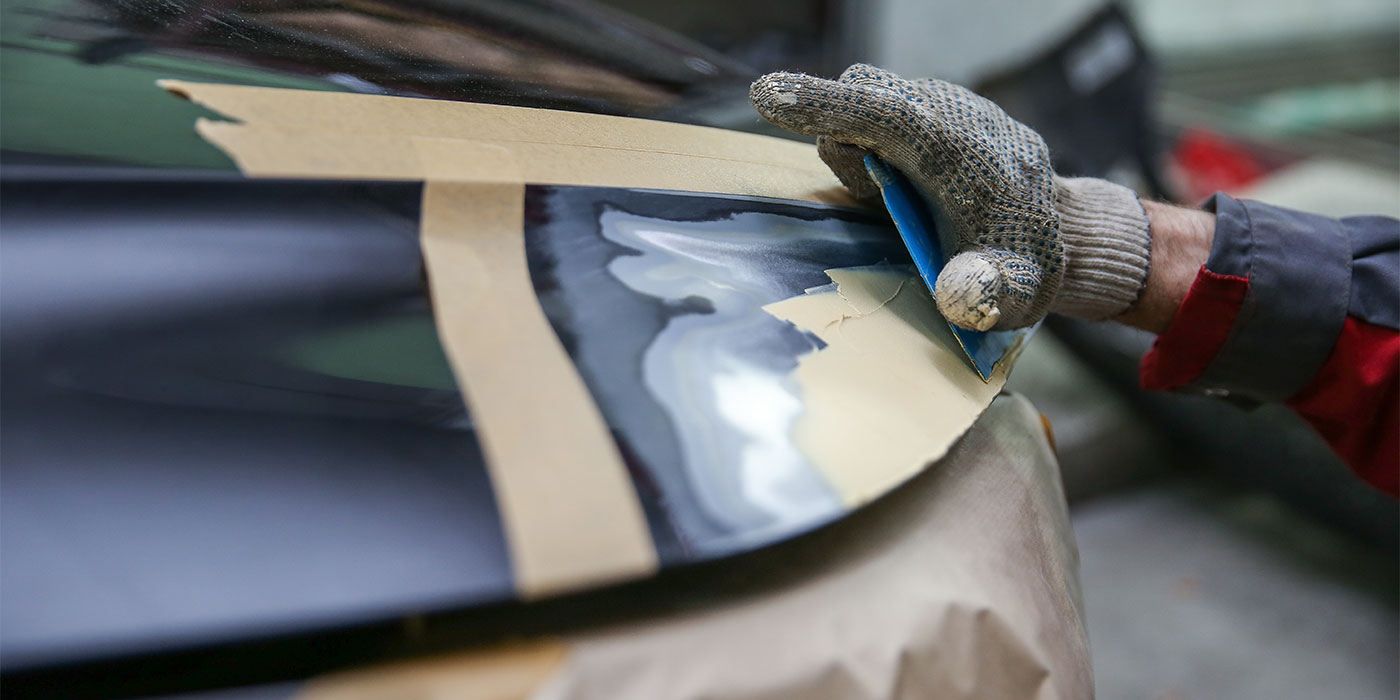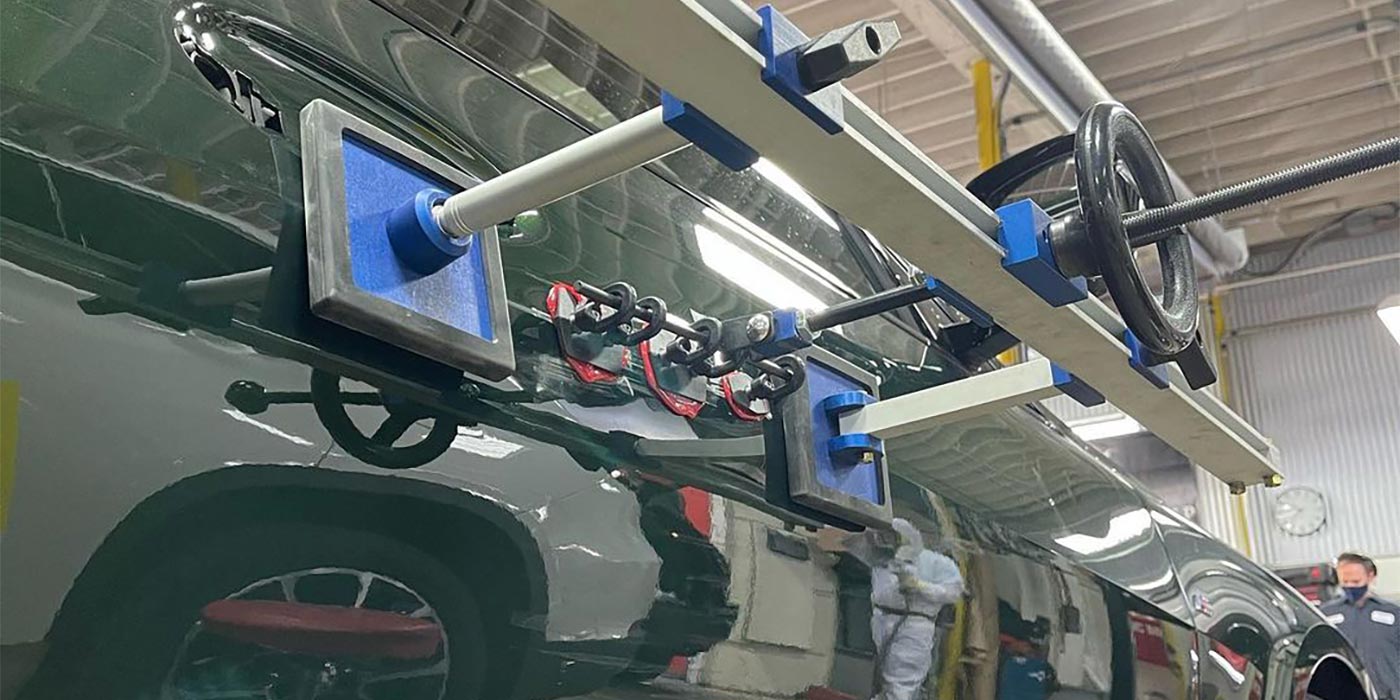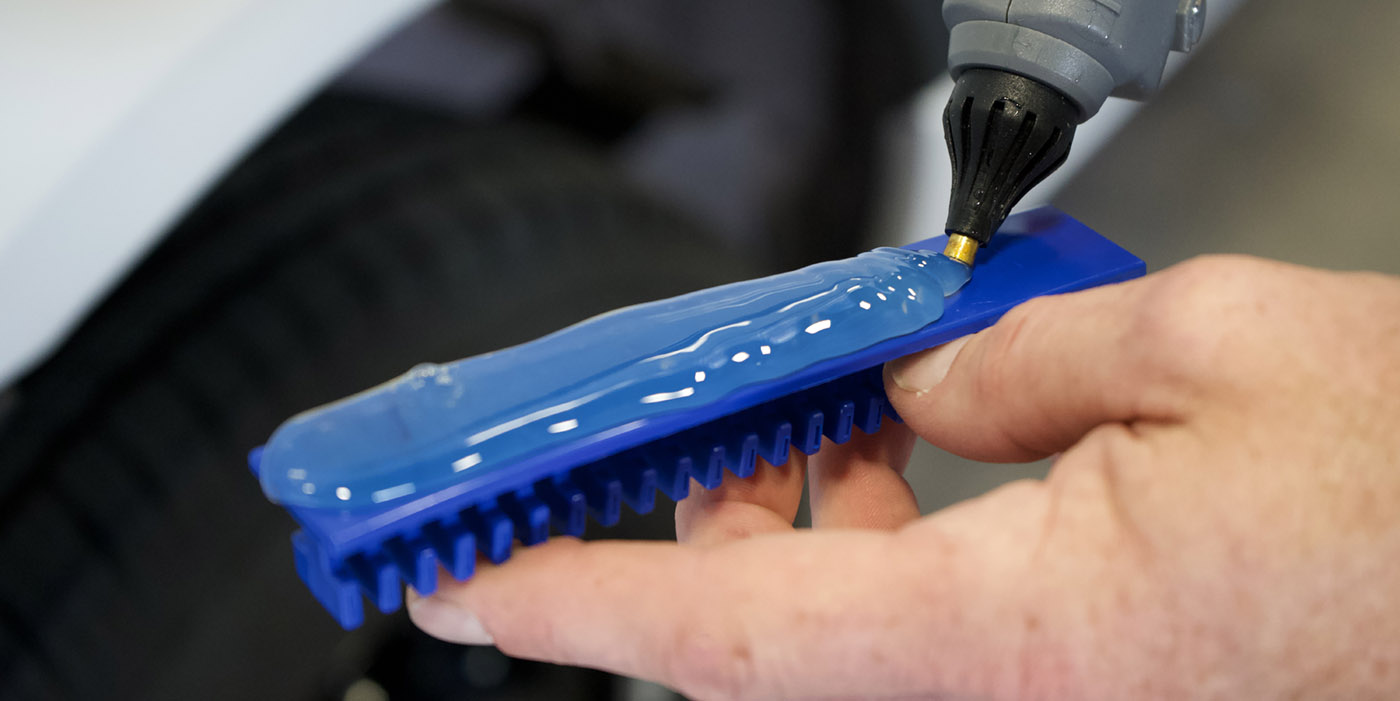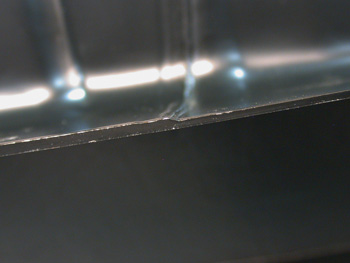 The most common question we ask ourselves and each other is, “Where can I section this?”
The most common question we ask ourselves and each other is, “Where can I section this?”
Years ago, when the General Sectioning Guidelines established by the collision repair industry were still applicable to repairs, this question was answered fairly easily and effectively. This all changed when vehicle manufacturers started building vehicles to meet the new CAFE standards for fuel economy and the new crash test requirements (NHTSA) for safety. Saying, “Well, we did it this way before” or “We’ve always done it this way” becomes a very dangerous way of repairing today’s vehicles. Looking up the vehicle manufacturers’ procedures and following them becomes critical. Guessing is no longer an option.
Other concerns were also affecting the manufacturing of vehicles. If you work in the auto repair industry long enough, you’ll see a vehicle come in with corrosion. Corrosion can occur anywhere metal is exposed and water gets in to form oxidization. Many times, we see this corrosion where we have metal overlapping. This overlap, if compromised, can allow water to get in between layers. This overlapping also added weight to a vehicle. We may not think it’s much, but in the world of manufacturing, any amount of excess is too much. When you add in the cost and energy to weld them together during assembly, it all adds up. Welding metal is also a corrosion issue to be considered by manufacturers. More on this can be found in the I-CAR CPS01 class.
Tailored Blanks
Now, we add in the need for increased strength, formability, crush predictability and the need to lower manufacturing costs. This brought about the increased use of tailored blanks. There are essentially three types of tailored blanks we will be referring to:
- Tailor-welded blanks
- Tailor-rolled blanks
- Tailor-welded coils
Tailor-welded blanks. Tailor-welded blanks are made from individual steel sheets of different thicknesses, strength and coatings, which are joined together by laser welding. The structural and crash performance of the vehicle body is dramatically improved since thicker or higher strength materials can be used in highly stressed areas, while thinner sheets or deep-drawing grades can be used in other areas. The cost of manufacturing stronger steels is reduced by using these expensive materials only where they’re needed.
The use of tailored-welded blanks eliminates the need for additional reinforcements and overlapping joints in the body, saving material, eliminating operations and further reducing total weight. In this way, tailored products are a significant enabler to meet specified CAFE targets. Reducing the weight of a vehicle by 25 percent results in a 20 percent reduction in fuel consumption.
- Repair issues: Many think the laser weld is a section joint. This is not necessarily true. Although possible for some manufacturers, it’s difficult in the field to line up correctly and weld two different thickness and strengths of steel. The heat affect zone and corrosion could or would be an issue. Sectioning, if allowed, would be either forward or toward the rear of the laser weld. Vehicle manufacturers are very specific on where a section may be done. In the absence of any repair guidelines, sectioning is not an option and you should replace the part. More information can be found in the I-CAR SPS01 and SPS02 classes along with SPS07.
Tailor-rolled blanks. Tailor-rolled blanks are made from individual steel sheets. During manufacturing, the metal thickness is changed continuously during manufacturing. The steel has a continuous smooth surface flow with an almost invisible change in thickness. Because it is so imperceptible, a part could change thickness or strength many times over a short length. There are no overlaps or welds to identify any changes in strength or design. Once the part is stamped, these changes become the areas of transition of energy transfer to absorption or vice versa. The stamping process also makes it hard to know where transitions are. Hot stamping or cold stamping or any forming process changes the steel strength and alters the ability to absorb energy. This continuously variable wall thickness can reduce weight by 20 percent per part. The need for overlap also helps corrosion control.
- Repair issues: The transitions are difficult if not impossible to detect. Sectioning in the wrong area could be disastrous in an ensuing collision. Heat from the repair process could change the steel’s structure. Section only where procedures allow. If no procedures are available, replace the part. More information can be found in the SPS01 and SPS02 classes along with SPS07.
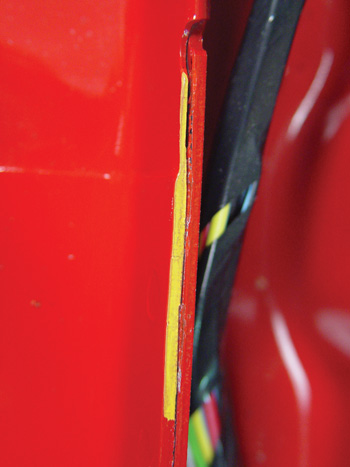 Tailor-welded coils. Tailor-welded coils use the same principle as tailor-welded blanks. The process allows for multiple thicknesses to be welded together, then stamped. Parts that have multiple laser welds may have been stamped together. The cost savings of manufacturing and the reduction in reinforcements and multi-layers of metal make this a great option. The weight savings is a large advantage to this process.
Tailor-welded coils. Tailor-welded coils use the same principle as tailor-welded blanks. The process allows for multiple thicknesses to be welded together, then stamped. Parts that have multiple laser welds may have been stamped together. The cost savings of manufacturing and the reduction in reinforcements and multi-layers of metal make this a great option. The weight savings is a large advantage to this process.
- Repair issues: Laser welds are not sectioning joints. They’re similar to tailor-welded blanks.
Be Diligent
On newer vehicles, the question, “Where can I section?” becomes an exercise. First, a person must look up what type or strength of steel they’re working with. The procedures for repair on that strength of steel should also be noted. If the steel is repairable, then check to see if there is a procedure for that particular part. If the procedure is able to correct the damage, then proceed. If the damage exceeds the section location or there is no sectioning procedure available, replace the part.
General sectioning guidelines and the “kink vs. bend” rule are still applicable on some older vehicles. Newer vehicles require more diligence to be sure the repair is done right. As our industry evolves, training becomes critical to repairs being done correctly. Training also becomes necessary to write an estimate and be paid correctly. Not using resources that provide OE recommendations could be seriously bad for business.
Advantages of Tailored Blanks
1. Lower vehicle weight
2. Reduced part costs
3. Improved crash performance
4. Less cost to manufacturers due to part consolidation
5. Improved corrosion control due to elimination of overlapping joints and welds
Mitch Becker is a technical instructor for ABRA Auto Body & Glass. Contact him at (763) 585-6411 or [email protected].






